Introduction
As our furry friends age, they require special attention. Senior dog care is vital for ensuring their happiness and health. Older dogs face unique challenges, including mobility issues and health concerns. This article aims to provide practical tips to enhance the quality of life for your senior dog.
One of the best ways to give your senior dog the comfort they deserve is with a PetFusion Ultimate Dog Bed. This orthopedic bed provides ample support for their aging joints, ensuring they catch those Z’s in comfort.

Summary and Overview
Aging affects dogs in various ways, from slower movements to health problems. Proper care can significantly impact their well-being. Regular veterinary check-ups help catch issues early. Dietary adjustments ensure they get the right nutrients, while mental stimulation keeps their minds sharp. Key areas covered include nutrition, exercise, health monitoring, and comfort needs. Our goal is simple: to help senior dogs live their golden years joyfully.

Understanding Senior Dogs
What Age Is Considered Senior?
Determining when a dog becomes a senior depends on breed and size. Generally, small breeds, like Chihuahuas, are considered seniors around 10-11 years old. Medium breeds, such as Golden Retrievers, reach senior status at about 8-10 years. Large breeds, like Labradors, are typically classified as seniors around 7 years. Giant breeds, such as Great Danes, may be considered seniors as early as 5-6 years.
The average lifespan varies significantly among breeds. For instance, small dogs can average 12 to 15 years, while larger breeds often live 8 to 12 years. Factors like genetics and lifestyle influence how dogs age. Being aware of these distinctions helps owners provide appropriate care.
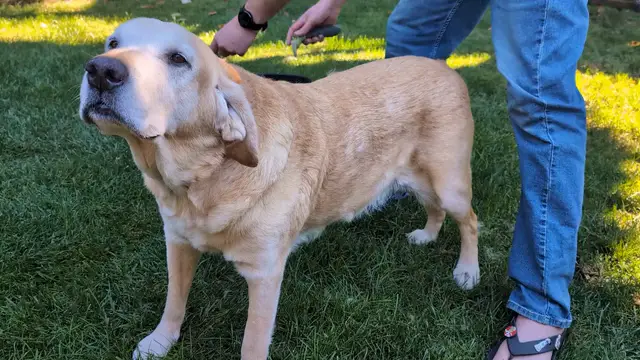
If you’re unsure about your dog’s classification, consider their age and health status. Regular vet check-ups can help you monitor your senior dog’s needs effectively. Making adjustments based on their age is vital for their overall well-being.
Essential Health Care
Regular Vet Check-Ups
Taking your senior dog to the vet regularly is crucial. As dogs age, they need more frequent check-ups—ideally twice a year. This ensures that any health issues are identified early, allowing for timely intervention. Older dogs often face common health problems like arthritis, cancer, and dental disease. In fact, nearly 70% of senior dogs show signs of dental disease by age three.
Preventive care is essential. Watch for symptoms like limping, weight changes, or excessive thirst. These can signal underlying issues. Your vet may recommend routine tests such as blood work, urinalysis, and X-rays to monitor your dog’s health. Early detection can significantly improve the quality of life for your furry friend.
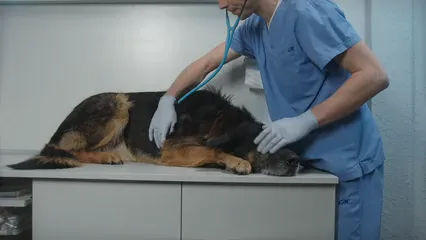
So, don’t wait! Schedule a vet appointment for your senior dog today. Keeping up with their health care is one of the best gifts you can give them.
Nutrition and Diet
As dogs age, their dietary needs change significantly. Senior dogs often require fewer calories due to decreased activity levels. It’s crucial to provide dog food specifically formulated for older dogs, which takes into account their unique health conditions. For instance, dogs with arthritis may benefit from diets rich in omega-3 fatty acids. For a great option, consider Blue Buffalo Life Protection Formula Senior Dog Food, which is packed with essential nutrients.
Choosing the right diet is essential for senior dogs, as their nutritional needs change with age. guide to choosing the right dog food for senior dogs
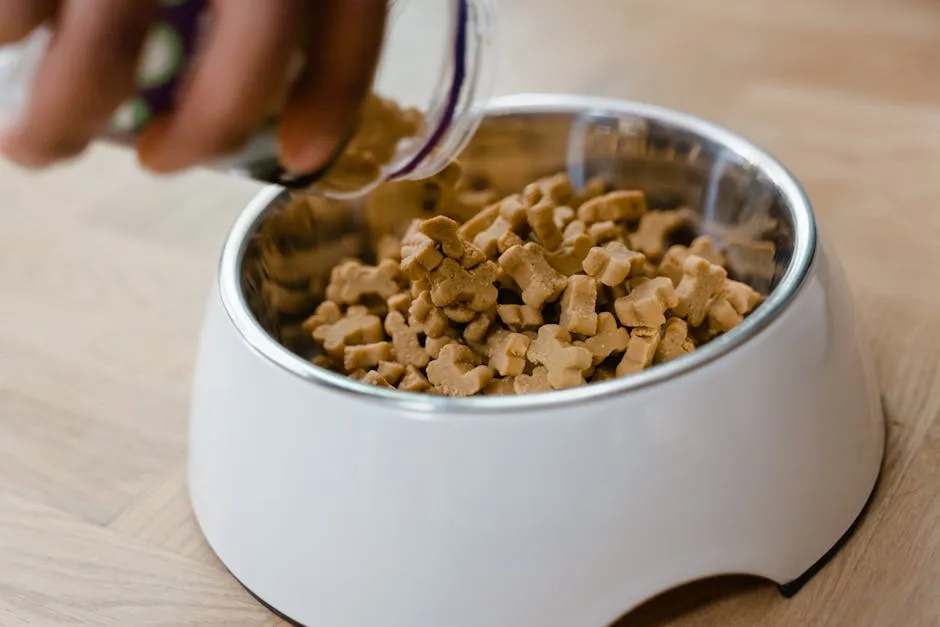
Managing weight is vital. Obesity can lead to serious health issues, such as diabetes and heart disease. Regularly monitor your dog’s weight and adjust food portions as necessary. Additionally, ensure your dog stays hydrated, as older dogs can be prone to dehydration.
Consider consulting your vet about the best diet for your dog’s specific health status. They can help tailor a plan that keeps your senior dog happy and healthy.
Exercise and Physical Activity
Importance of Regular Exercise
As dogs age, their exercise needs change. Senior dogs often require less intense activity, but regular exercise remains crucial. It helps maintain muscle tone and supports joint health. Engaging in gentle exercises, such as short walks and light play, can make a significant difference in your dog’s well-being.
Benefits of regular exercise include improved mobility and weight management. It can also boost their mood and reduce anxiety. Aim for multiple short walks throughout the day instead of one long outing. This approach helps prevent overexertion, which can lead to stiffness or fatigue.
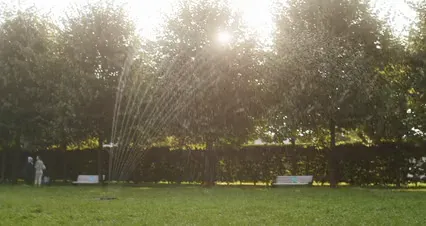
Watch for signs of overexertion in your senior dog. If they pant excessively, lag behind, or show reluctance to continue, it’s time to rest. Fun activities, like playing with a soft toy or using interactive puzzle games, can also keep their minds active while providing gentle exercise. For a fun toy that will keep them engaged, check out the Outward Hound Hide-A-Squirrel Puzzle Toy.
Interestingly, studies highlight a strong correlation between regular exercise and a better quality of life in older dogs. Keeping your furry friend active not only enhances their physical health but also enriches their emotional well-being. So, create a daily exercise plan tailored to your senior dog’s abilities, ensuring they enjoy their golden years. For a comprehensive understanding of your dog’s exercise needs, refer to our dog exercise needs.
Understanding the exercise requirements of senior dogs is essential for their health. dog exercise needs

Comfort and Environment
Making Your Home Senior-Friendly
Creating a comfortable living space for your senior dog is essential. As they age, accessibility becomes vital. Start by providing supportive bedding in quiet areas, away from noise. Ensure they have easy access to food and water, elevating bowls if necessary to reduce strain on their neck. You might want to check out the AmazonBasics Elevated Dog Bed for optimal comfort.
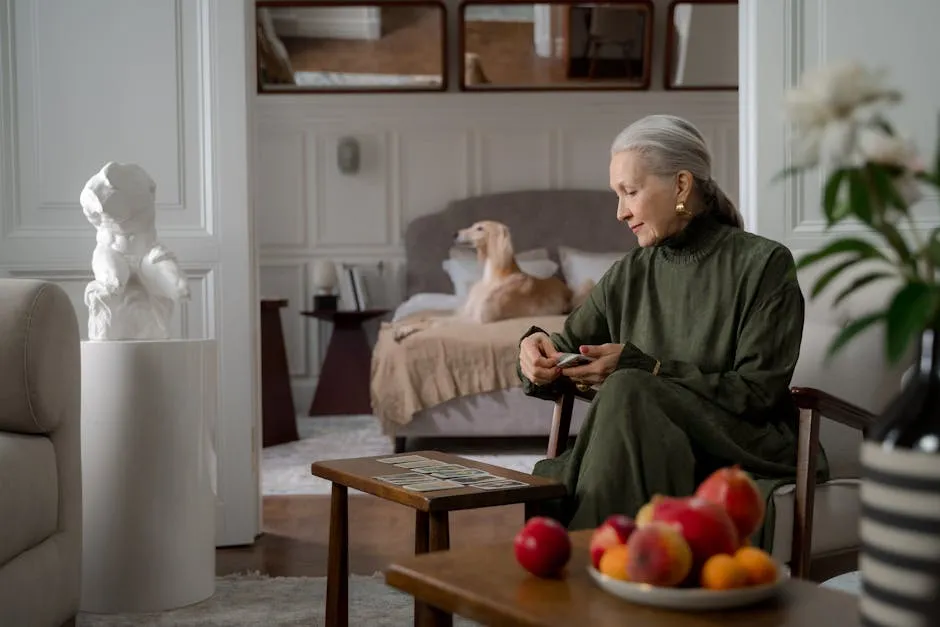
Consider using ramps and non-slip mats to help prevent falls. Slippery surfaces can be challenging for older dogs, so adding rugs or carpets can provide better grip. Regularly assess your home for any hazards, ensuring pathways are clear and well-lit.
Comfortable temperatures matter too. Senior dogs can be sensitive to heat and cold. Make sure they have a cozy spot to rest, whether it’s a warm blanket in winter or a cool area in summer. These small modifications can significantly impact your dog’s comfort level.
Research shows that a suitable environment can enhance the overall happiness of senior dogs. By making your home more accommodating, you’re not just preventing discomfort; you’re ensuring your dog feels secure and at ease. Take the time to evaluate your home for senior dog safety and comfort, and enjoy the bond you share with your beloved pet.
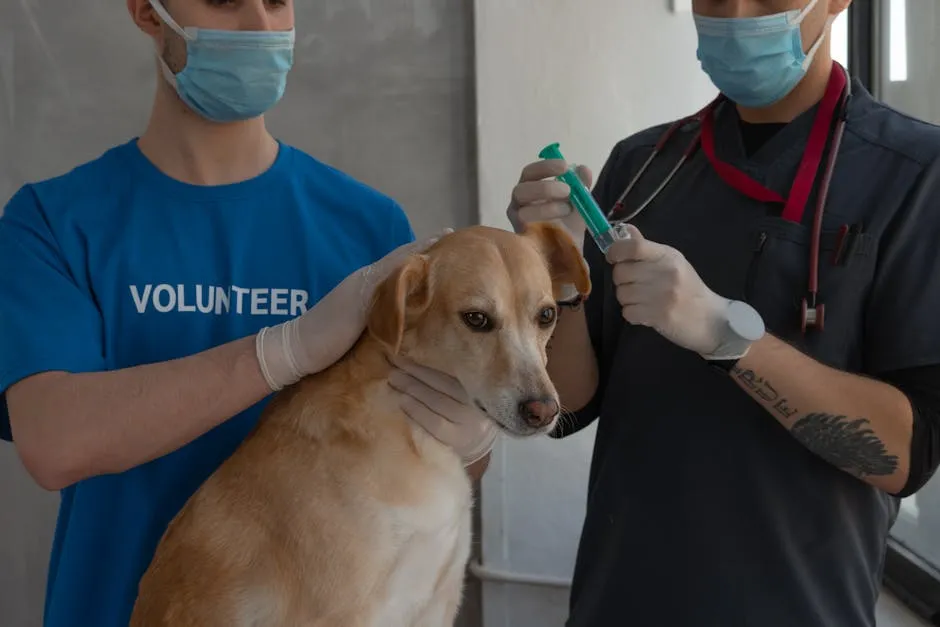
Mental Stimulation
Keeping the Mind Active
Mental enrichment is crucial for senior dogs. As they age, their cognitive function can decline. Engaging their minds helps keep them sharp and happy. Have you ever noticed your dog seems a bit forgetful? This could be a sign of cognitive decline. Regular mental activities can help address this.
Activities like puzzle toys and training sessions work wonders. They stimulate your dog’s brain and provide a sense of accomplishment. Try using interactive toys that dispense treats. These can keep your dog entertained and mentally active. For a great interactive option, consider the PetSafe Busy Buddy Twist ‘n Treat Dog Toy.

Socialization is another important aspect. Introducing new experiences, like meeting different dogs, can enhance their mental health. It reduces feelings of loneliness and anxiety. Plus, a little interaction can boost their mood.
You might wonder about the benefits of mental stimulation. Studies show it can slow cognitive decline in senior dogs. Engaging their minds regularly may even help prolong their quality of life.
Consider incorporating mental exercises into your dog’s routine. Set aside time each week for games and training. Your dog will appreciate the effort, and it can strengthen your bond.
Remember, a mentally stimulated dog is a happy dog!

FAQs
What are the common signs that a dog is becoming a senior?
As dogs age, they show various physical and behavioral signs. You might notice they move slower or seem less energetic. Their coat may lose shine, and more gray hairs may appear. Additionally, senior dogs often sleep more and may become less interested in play. Changes in appetite or weight can also be indicators of aging. Behavioral shifts, like increased anxiety or confusion, are common too. Keep an eye on these signs to ensure your dog’s well-being.
How often should senior dogs visit the vet?
Senior dogs should ideally see the vet twice a year. These regular check-ups help catch potential health issues early. Age-related conditions can develop quickly in older dogs. Your vet may suggest more frequent visits if your dog has specific health concerns. Staying proactive about their health ensures they receive the care they need as they age.
What dietary changes should I make for my senior dog?
Switching to senior dog food is essential as they age. These diets often contain fewer calories and more fiber, tailored to their changing needs. Consult your vet for recommendations based on your dog’s health. Gradually transition to the new food to avoid digestive upset. Keep an eye on their weight and adjust portions as necessary. Proper nutrition plays a crucial role in maintaining their health and energy levels.
How can I help my senior dog with mobility issues?
Supporting your senior dog’s mobility is vital. Consider using ramps or pet stairs to help them access furniture or vehicles. Non-slip mats can prevent falls on slippery floors. Gentle exercises, like short walks, can keep their joints flexible. You might also explore mobility aids, like harnesses or carts, if their condition worsens. These tools can enhance their comfort and encourage them to stay active.
Are there specific health concerns I should watch for in senior dogs?
Yes, senior dogs are prone to various health issues. Common concerns include arthritis, dental disease, and kidney problems. Monitor for signs like limping, weight loss, or changes in behavior. Regular vet check-ups help identify issues early. Preventive care, such as dental cleanings and vaccinations, is crucial. Staying informed about potential health challenges is key to ensuring your dog’s quality of life.
How can I keep my senior dog mentally stimulated?
Keeping your dog’s mind active is essential for their well-being. Engage them with puzzle toys that challenge their problem-solving skills. Short training sessions can reinforce commands and introduce new tricks. Socialization with other dogs can provide mental enrichment too. Rotating toys and activities can keep things fresh. Regular mental engagement helps prevent cognitive decline and keeps your dog happy.
What are some signs of discomfort or pain in senior dogs?
Watch for signs that may indicate your dog is in pain. Common indicators include reluctance to move, whining, or changes in sleeping patterns. You might notice them avoiding certain activities or being less playful. Changes in appetite or grooming habits can also signal discomfort. If you suspect your dog is in pain, consult your vet. Addressing these signs promptly can improve their quality of life.
Please let us know what you think about our content by leaving a comment down below!
Thank you for reading till here 🙂
All images from Pexels





